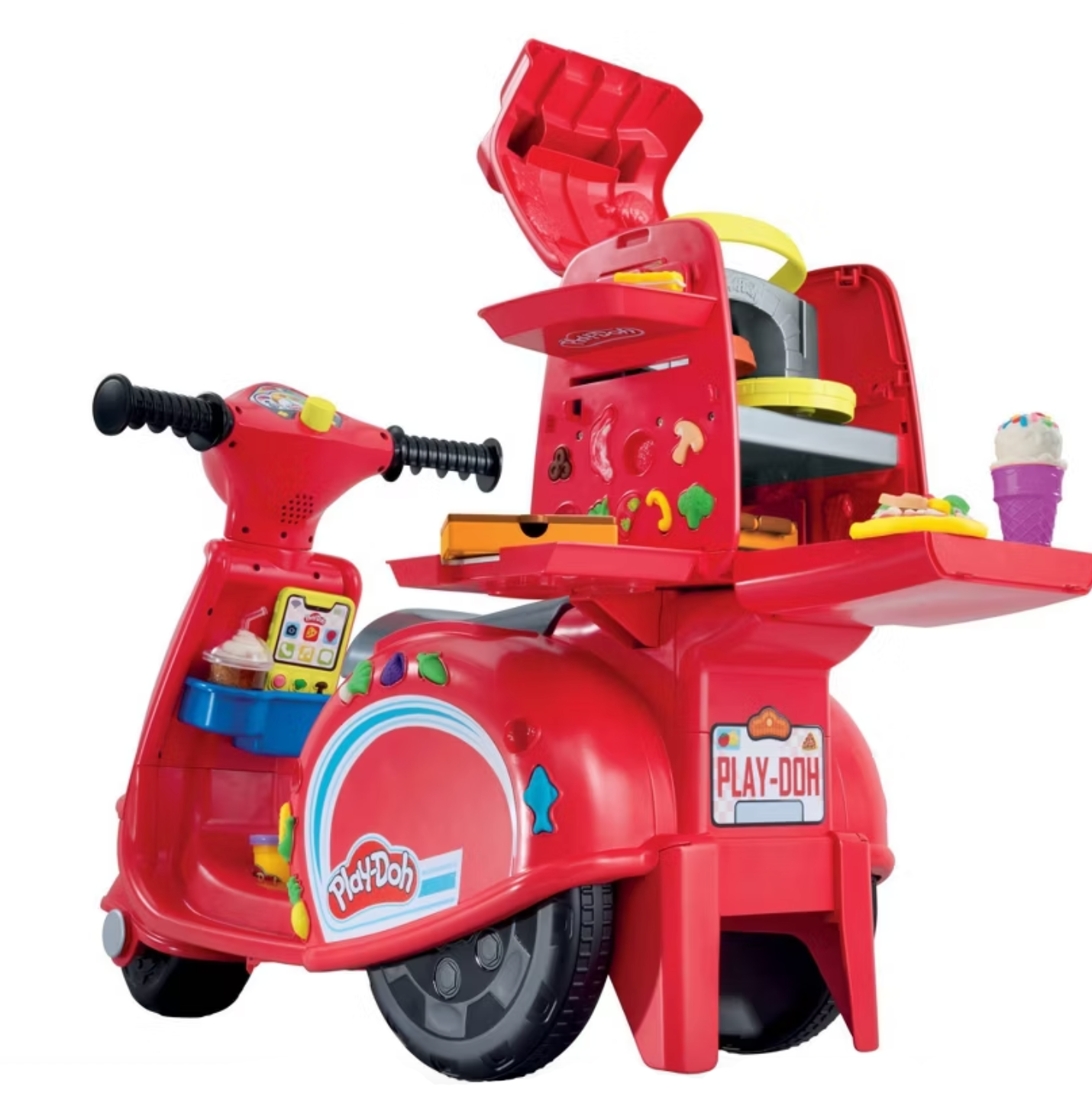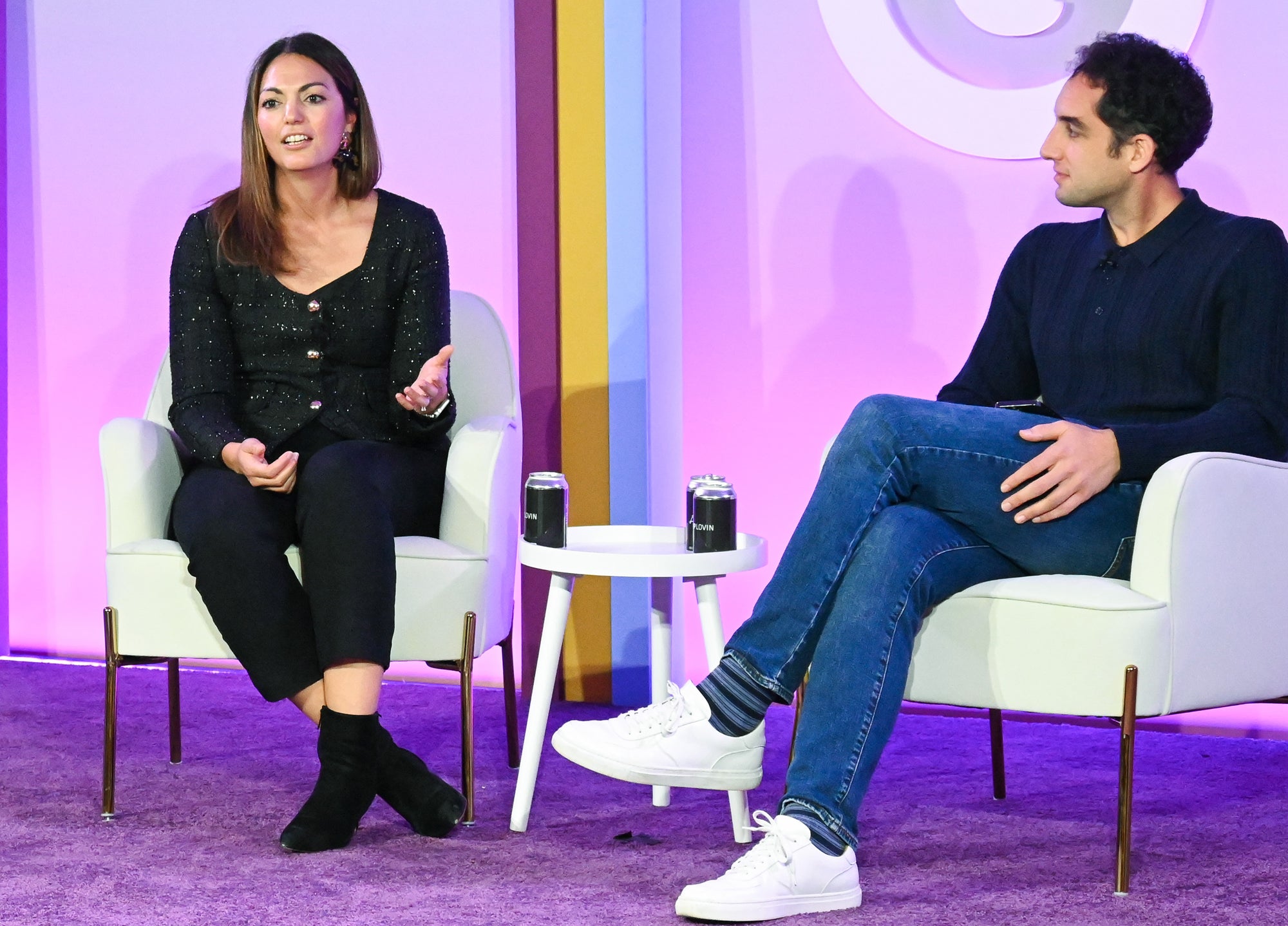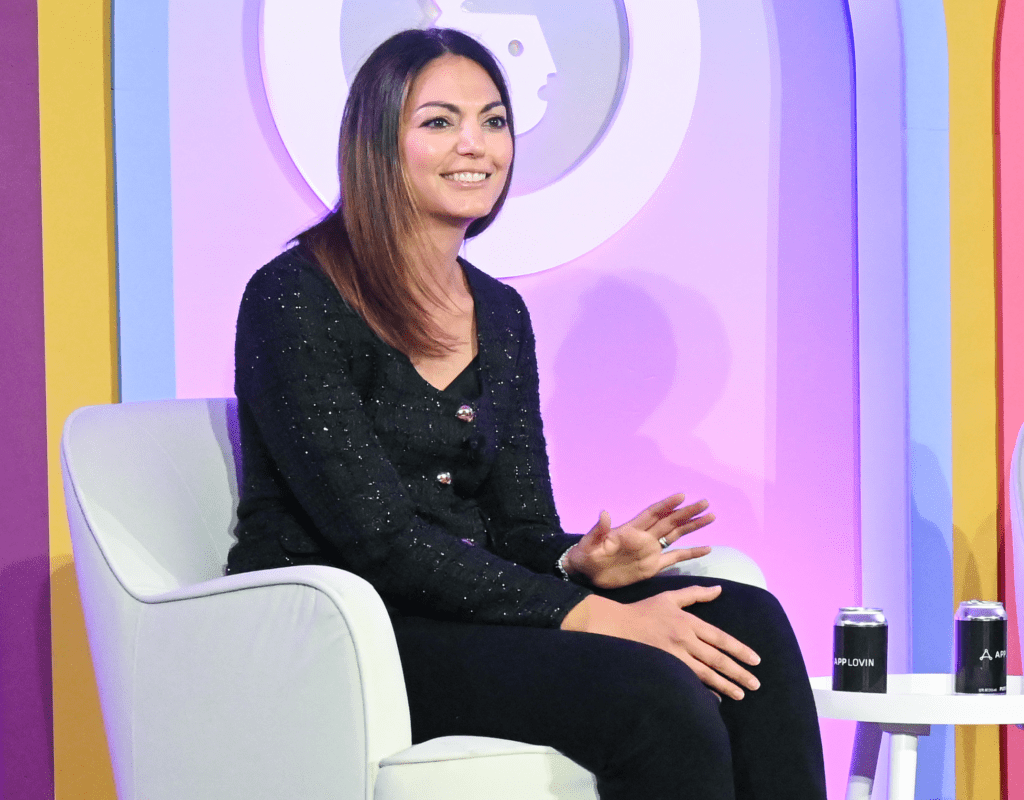Brand media and performance are two separate job functions at toy and game brand Hasbro.
But when they collaborate closely, going “splitsies” makes sense, said Jennifer Burch, Hasbro’s senior director of global media.
Burch oversees all aspects of Hasbro’s media planning and execution. The work she and her team does helps fill the funnel through awareness and acquisition campaigns for products like Monopoly, My Little Pony, Transformers, Furby and Play-Doh.
Meanwhile, her counterpart, Kristina Fields, Hasbro’s senior director of integrated media for North America, focuses on “performance retail,” which is how Hasbro refers to lower-funnel activities that drive conversions.
Dividing up the work allows them to stay focused and not spread themselves too thin. (And, anyway, sharing is just a good look for a kid-focused toy company.)
But “we’re also so connected in everything that we do,” Burch said, speaking at Advertising Week in NYC on Thursday.
Play the media budget as it lays
But that’s not the case with all marketers.
“When I talk to some other companies, I’ll often hear the brand person say, ‘I have no idea what they’re doing in performance retail,” Burch said. “But we both always know what the other person is doing.”
Because although Burch and Fields split the media function – Burch quipped that they’d love to coin “splitsies” as an official media term – the media strategy is holistic.
“We’re honestly looking at the media budget as a whole,” Burch said.
 Consider the media strategy for something like Hasbro’s new Play-Doh pizza delivery scooter play set, which is for kids to pretend they’re running their own play food delivery business.
Consider the media strategy for something like Hasbro’s new Play-Doh pizza delivery scooter play set, which is for kids to pretend they’re running their own play food delivery business.
Promoting a new and elaborate product like that requires a lot of brand awareness building directed primarily at kids so they ask their parents about it, Burch said. That’s the most efficient route.
“So we might put more money into brand media first before we decide to fuel performance retail,” she said.
But other toys call for almost the opposite approach.
When a Transformers movie comes out, for example, Hasbro spends less on driving awareness because the film does the heavy lifting.
“Inherently, the movie itself will do all the hard work around awareness and engaging a new kid,” Burch said. “So then we bump more budget into performance retail.”
‘Is media working?’
Despite the close collaboration, measurement is still a big challenge, though, particularly for brand media.
The performance team gets to be judged on return on as spend, which makes sense. They’re down at the bottom of the funnel driving conversions with retail-media-style advertising.

“But I’m not going to throw ROAS on a brand media campaign – unless I want the CFO to say, ‘Hey, why are you running advertising at all?’” Burch joked.
Instead, Burch does her best to measure what she can, which is usually softer metrics, like overall brand lift. She also recently started working with Hasbro’s internal analytics team to look at other factors, such as ad decay and whether brand lift peaks and ebbs at different points in a campaign.
But it’s “incredibly hard” to apply those metrics across an entire media buy, Burch said.“The measurement is just not really there within the kids’ space,” she said.
And when Burch is asked if media is performing – anyone who reports to a CMO or CFO is repeatedly asked that question, she said – the only answer she can give with any level of certainty is a little facetious.
“Is media working? Well, yeah, I see impressions are coming through; it’s live and I see it’s spending,” she said. “But there’s nothing much more, other than the video completion rate, that I can tell you.”
















